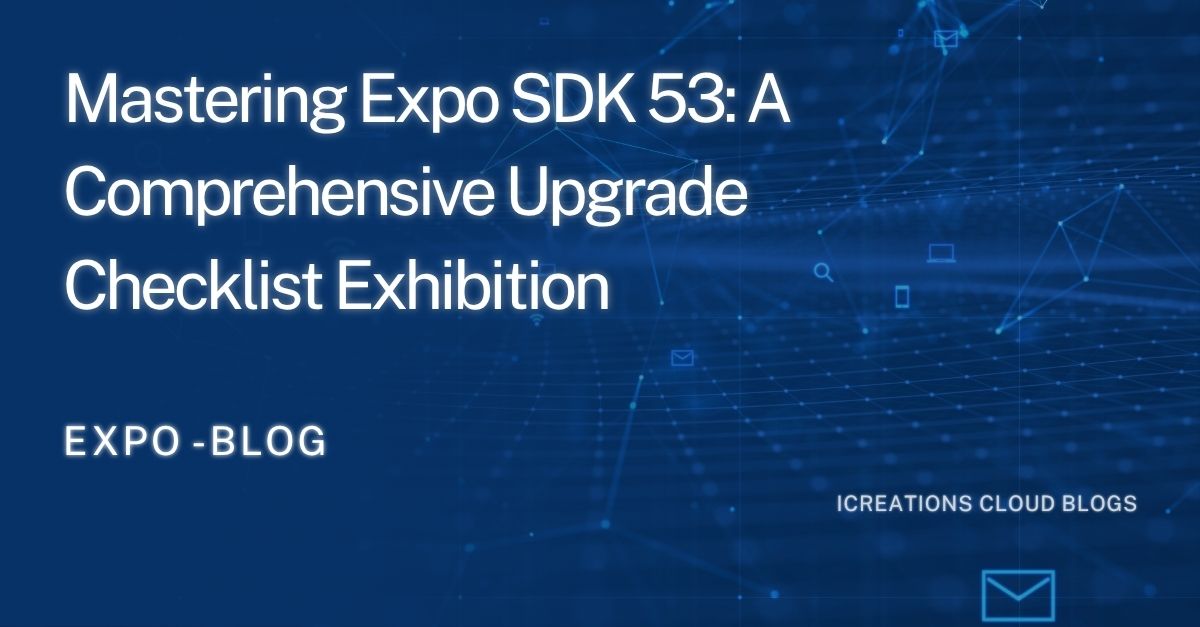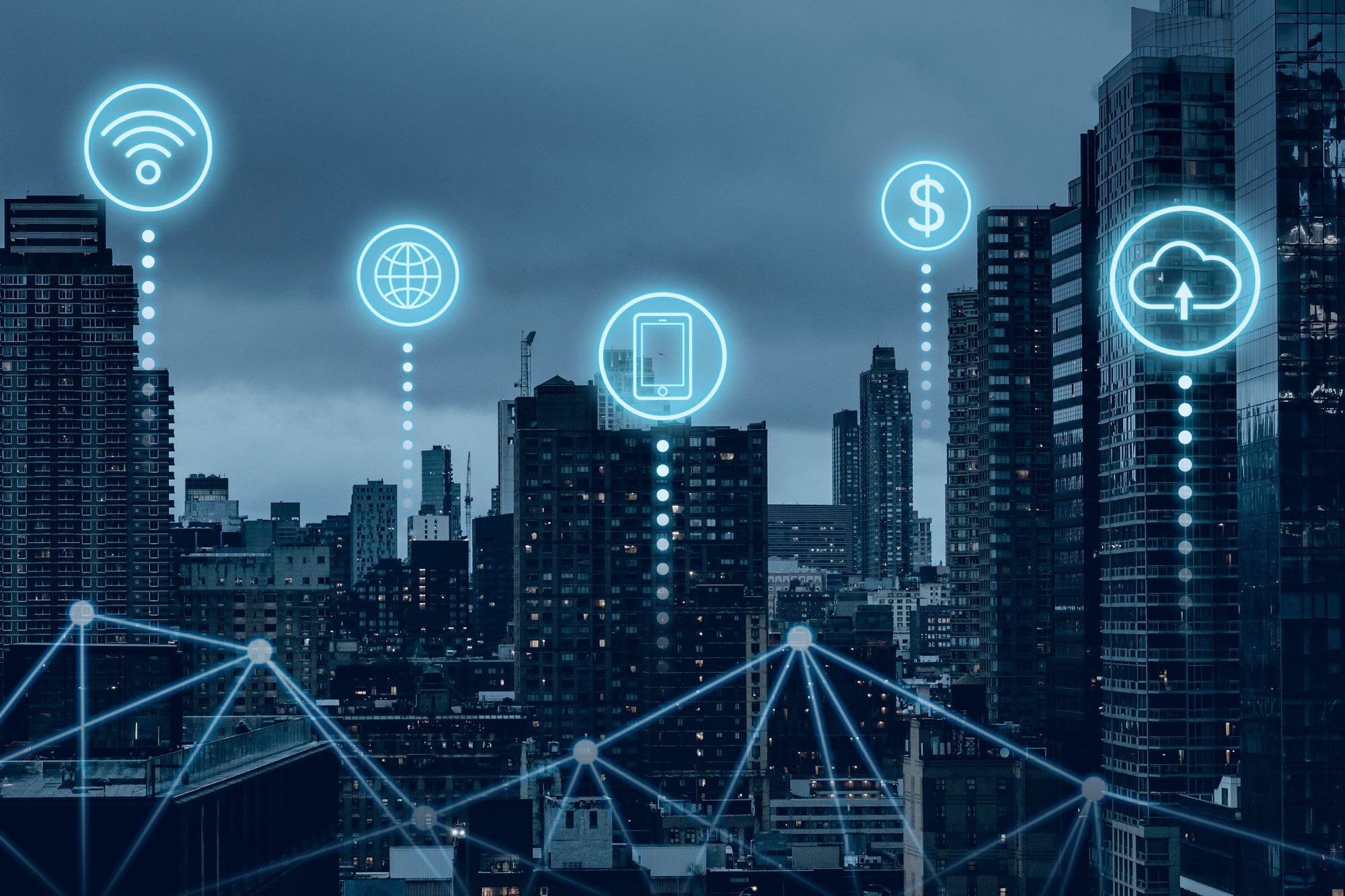Upgrading to Expo SDK 53 requires a structured approach to fully leverage its benefits and navigate potential complexities. A systematic checklist ensures a smooth transition and maximizes the enhancements offered by the new SDK.
Phase 1: Upgrade and Initial Setup
The initial phase focuses on the core upgrade process. Developers should begin by using npx expo install expo@latest to automate the upgrade, which includes installing compatible dependencies. For more controlled or incremental updates (e.g., from SDK 51 to 52 to 53), npx expo install expo@^53.0.0 followed by npx expo install --fix can be employed. It is crucial to ensure a clean Git working directory before initiating the upgrade to prevent conflicts. After the upgrade, running npx expo-doctor is essential to identify and address any dependency mismatches, particularly those arising from React Native 0.79's stricter enforcement of package.json exports. This stricter enforcement is a positive step for the ecosystem, improving library compatibility. For more details on the upgrade process, refer to the Expo SDK 53 Upgrade Checklist.
Expo SDK 53 enables the New Architecture (Fabric for UI, TurboModules for native modules) by default, promising enhanced performance by eliminating the "bridge" bottleneck. However, if developers encounter breaking changes or crashes, they have the option to temporarily disable it by setting newArchEnabled: false in their app.json or app.config.js file. This default enablement and the strong recommendation to prioritize development builds over Expo Go represent a deliberate move by Expo to encourage a more "native-first" testing and development paradigm earlier in the cycle. This proactive approach aims to reduce last-minute surprises and ensure a smoother path to production for complex applications, as development builds accurately reflect production behavior by including all native dependencies. For Android devices, SDK 53 now supports edge-to-edge displays, allowing the application's UI to draw beneath system status and navigation bars for a more immersive look. This feature is default for new projects and Expo Go, but for existing projects, it can be controlled by setting edgeToEdgeEnabled: true or false within the android object in app.json or app.config.js.
Phase 2: Explore New APIs and Features
This phase involves integrating and experimenting with the new functionalities. Developers are advised to migrate to the stable expo-audio library, replacing expo-av for improved, more reliable, and performant audio handling. The new API design is more intuitive for audio playback and recording. Experimentation with expo-maps (alpha) is encouraged for unified JavaScript interfaces over native map components (Google Maps on Android, Apple Maps on iOS 17+). This library is in alpha and requires development builds. For robust background operations, the new expo-background-task library, which replaces expo-background-fetch, is designed for more complex and reliable background processing such as data synchronization or update checks. This functionality also requires development builds and is not available in Expo Go.
The latest Expo Router v5 introduces significant improvements, including build-time redirects/rewrites configurable via the redirects array in expo-router plugin settings within app.json. Protected Routes can now be implemented using Stack.Protected components in layout files, simplifying authentication flows. Furthermore, SDK 53 ships with React 19, enabling developers to explore and leverage features like use() Hook for handling promises or contexts directly within component render logic. These capabilities contribute to cleaner code and enhanced user experiences.
Phase 3: Optimize Workflow and Testing
The final phase focuses on refining the development workflow and ensuring application stability. Expo SDK 53 optimizes local Android build times by using prebuilt versions of some Expo modules, which can reduce compilation time by up to 25%. Developers can opt-out by configuring buildFromSource in their package.json if needed for debugging. This optimization, coupled with the promotion of Expo Atlas to stable, indicates that Expo's ecosystem of services (EAS) is maturing. Expo Atlas provides a visual breakdown of the JavaScript bundle, helping identify large dependencies and opportunities for code splitting to reduce file size. It can be activated by running EXPO_ATLAS=1 npx expo start and accessed via shift+m in the CLI or http://localhost:8081/expo/atlas.
The streamlined TestFlight distribution with EAS offers an improved workflow for pushing Development Builds directly to TestFlight. Developers configure their eas.json with "distribution": "store" for their development build profile and use npx testflight --profile development_testflight to submit. While Expo Go remains useful for quick previews, development builds are crucial for testing and debugging with SDK 53, especially with new SDKs or custom native code, as they accurately represent production behavior. This redefines developer expectations, indicating that serious projects leveraging the full power of SDK 53 will need to transition to development builds for comprehensive testing. Due to the significant changes in SDK 53, thorough regression testing is vital, with a focus on areas directly impacted by the upgrade, such as newly migrated modules (expo-audio), app navigation (Expo Router features), and custom native modules (New Architecture compatibility). Testing across various iOS and Android devices and OS versions is highly recommended.



